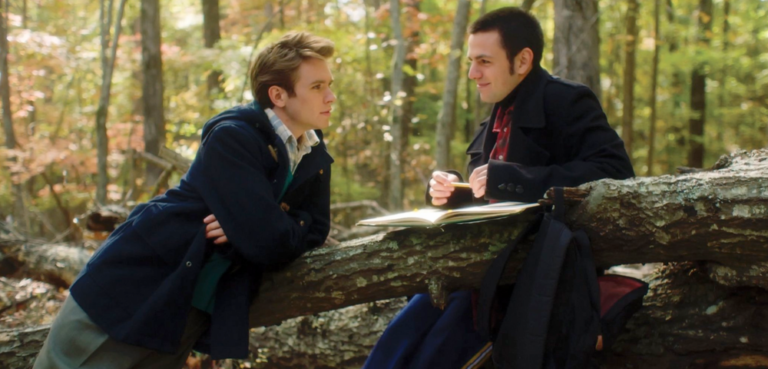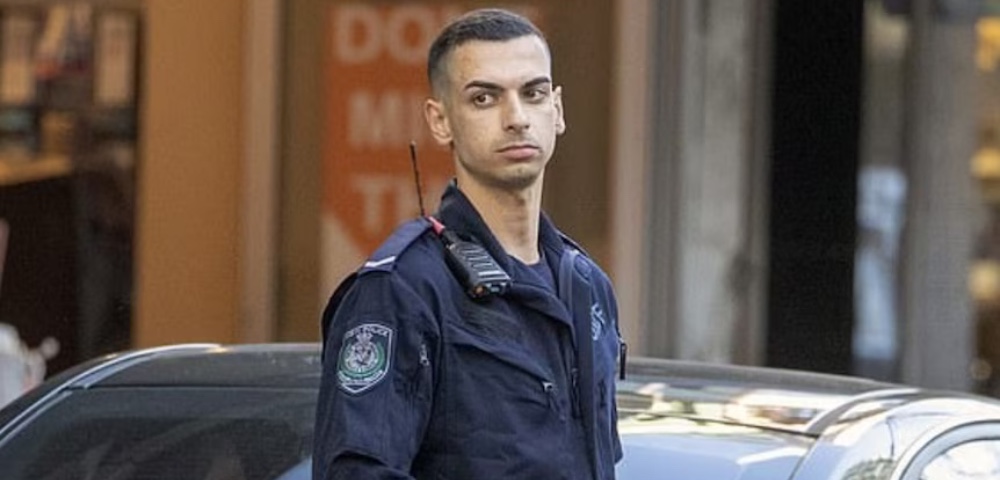
Sydney Festival diary: week one
On festival opening night at the Famous Spiegeltent, performer M Ward came out with gusto beginning with one of his trademark virtuoso acoustic guitar instrumentals. Unfortunately the power of that moment was never really recaptured as Ward meandered through his bluesy, acoustic, alt-rock repertoire.
Ward has a sexy, beguiling voice (think softened Tom Waits), he is a brilliant musician, jumping between acoustic and electric guitar, harmonica and piano, but he needs to transform the tilted-baseball-cap-head-down-cool stage persona into more of an engaging performance. Some performers have the power to do almost nothing on stage and make it work. Ward perhaps has that potential, he seems to be playing with a kind of interiorised, raw stage style that reflects his musical commitment but on the night it didn’t completely work for me.
If you have never heard him Ward’s albums are well worth chasing down -“ they convey a clearer and more engaging sense of a unique musical personality that also continually surprises with the breadth of his musical choices.
Batsheva Dance Company on the other hand is all stage presence. Telophaza kicked off the festival triptych from this celebrated international Israeli company, and the group’s 35 dancers made the most of the Capitol Theatre’s large stage with their exploration of the one and the many. The title refers to the final stage of mitosis -“ the biological cycle of cell splitting and reproduction. It is one of a number of pieces where choreographer and Batsheva artistic director Ohad Naharin takes his cue from this process, indicating his concern with dance as an organic process of both individualisation and multiplication.
The piece is a riot of colour and energy -“ the costumes, music and movement styles are an eclectic explosion. The traditional intimacy of dance-coupling is sacrificed here for an exploration of the group dynamic. Some of this is deliberately mundane but at other times it is visually very powerful. Batsheva also makes good use of four large video screens at the back of the stage, often seeming to capture the image of a dancer on screen and then release them back into the physicality of the group. I don’t know whether this is a conscious technological mediation of Batsheva founder Martha Graham’s contraction/ release method but it provided an interesting take on the now almost obligatory use of video screens in dance performance.
Naharin has said he enjoys creating pieces where there is so much happening that the viewer does not know where to look. This means that the moments when you suddenly just see a part of this chaotic whole can be very revealing. I enjoyed much of Telophaza but I am looking forward to the more intimate Mamootot next week, which I suspect will show a completely different aspect of this company’s work.
If M Ward was interiority without strong presence and Batsheva was presence without much inwardness, Akram Khan and Sidi Larbi Cherkaoui in Zero Degrees managed to bring these two key elements of performance together in a dynamic and beautiful way. From the moment the two stride determinedly onto and up the middle of the stage you are in their thrall. When they sit and begin to recite a story in unison with synchronised choreographed hand gestures you sink into your chair and prepare to be mesmerised.
The story they tell at the beginning and continue at several points throughout the piece is of a train trip through India and Bangladesh. The implicit metaphors of border crossings, encounters with strangers and the arduous ride of the body through life reflect the themes of this extraordinary collaboration between two of the most exciting dancer-choreographers working on the contemporary European scene.
One of the delightful things about this piece for me -“ after years of sitting through various homo-dance pieces -“ was to see a collaboration between two male dancers that was neither about homoeroticism nor masculine violence. Khan and Cherkaoui’s collaboration, which evolved over a number of years, has the ring of an authentic exploration of their relationship to one another, their dance forms and the wider world and culture. Although the piece can be read at many levels there is nothing didactic about it. It is a beautifully realised visual poem about our bodily encounter with the vicissitudes of life.
The movement language ranges from slapstick and hip-hop through to the traditional Kathak form that Khan has made his own. They not only dance with each other but with two specially formed rubberised dummies made by sculptor Antony Gormley which gives a whole other dimension to this profound reflection on the body and its (in)ability to find stillness even in the zero degree state past death. Nitin Sawhney’s music performed live is haunting and adds important texture and depth to the piece. The simple white cube stage and the lighting design accentuate the focus on the bodies of the dancers.
Still to come in the festival are the Beckett season, Lou Reed and more dance with new works from Meryl Tankard and Garry Stewart’s Australian Dance Theatre. For those looking for something a bit different check out Seemannslieder. If you feel like queuing early in the morning, cheap tickets are still available for each day’s performances at the ticket kiosk in Martin Place from 8am each morning.
info
See www.sydneyfestival.com.









